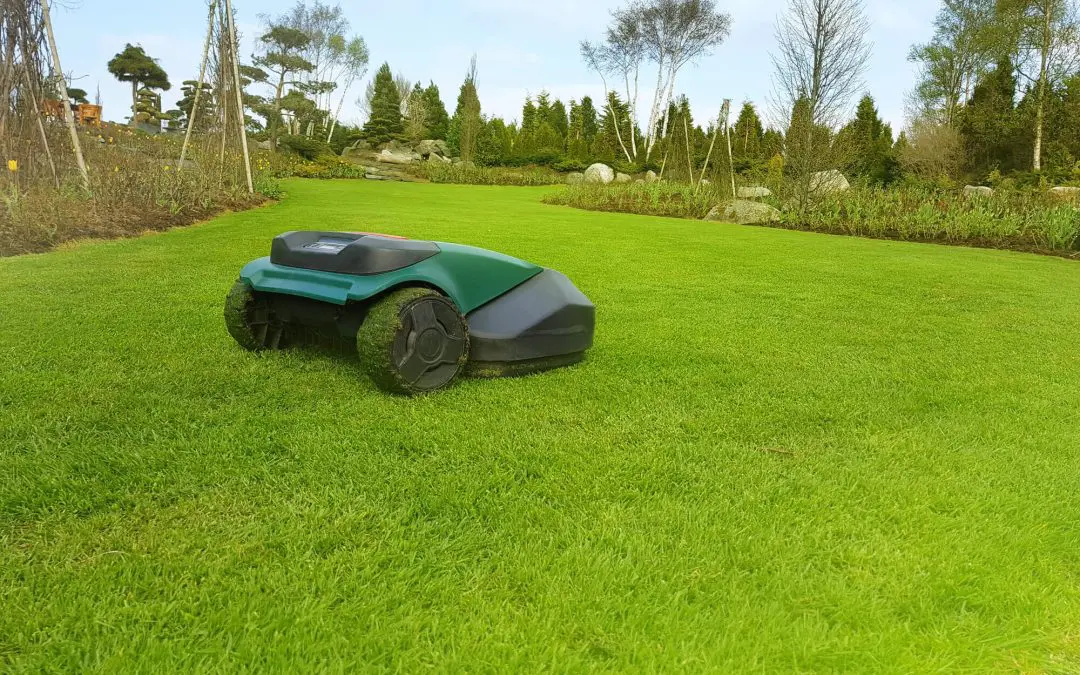Among the many tasks that come with the change of season, one of the most important is spring lawn maintenance. A well-maintained lawn enhances the beauty of your home and provides a relaxing and inviting outdoor space for you and your family to enjoy. Here’s your comprehensive guide to ensuring your lawn is in top shape this spring.
1. Clear Away Debris
Start by removing any debris that has accumulated over the winter months. This includes fallen branches, leaves, and any other clutter that may have found its way onto your lawn. Clearing away debris allows for better air circulation and prevents the growth of mold and disease.
2. Rake and Dethatch
After clearing away debris, give your lawn a thorough raking to remove dead grass, thatch, and moss. This process helps to aerate the soil and allows nutrients, water, and air to reach the grass roots more effectively, promoting healthy growth.
3. Aerate the Soil
Compacted soil can hinder the growth of grass roots and lead to poor drainage. Aerating your lawn helps to loosen compacted soil, allowing water, air, and nutrients to penetrate deeper into the ground. You can use a manual or mechanical aerator depending on the size of your lawn.
4. Overseed Bare Patches
Inspect your lawn for bare patches or thin areas and overseed as needed. Choose a high-quality grass seed suitable for your climate and soil type. Rake the soil lightly, spread the seed evenly, and gently rake again to ensure good seed-to-soil contact. Water the area regularly until the new grass establishes itself.
5. Fertilize During Spring Lawn Maintenance
Spring is an ideal time to fertilize your lawn to promote healthy growth and vibrant green color. Choose a fertilizer specifically formulated for spring application, and follow the manufacturer’s instructions carefully. Be sure to water your lawn after fertilizing to help activate the nutrients and prevent burning.
6. Weed Control
Spring is also prime time for weeds to emerge and compete with your grass for resources. Take proactive measures to control weeds by applying pre-emergent herbicides early in the season to prevent weed seeds from germinating. For existing weeds, spot-treat with post-emergent herbicides or manually remove them by hand.
7. Mowing and Edging are Critical During Spring Lawn Maintenance
Once your lawn starts thriving, it’s time to mow regularly. Set your mower to the appropriate height for your grass species, and avoid cutting more than one-third of the grass blade length at a time. Keep your mower blades sharp to ensure a clean cut, and don’t forget to edge along sidewalks, driveways, and flower beds for a polished look.
8. Irrigation
Proper watering is crucial for maintaining a healthy lawn. Water deeply and infrequently to encourage deep root growth and drought tolerance. Early morning is the best time to water, as it allows the grass to dry before evening, reducing the risk of disease. Adjust your irrigation schedule based on rainfall and seasonal weather conditions.
9. Pest Control is Part of Spring Lawn Maintenance
Watch for signs of pest infestations such as grubs, chinch bugs, or lawn diseases. Promptly address any issues with targeted treatments or organic pest control methods to prevent them from spreading and causing extensive damage to your lawn.
10. Maintain Equipment
Finally, don’t forget to maintain your lawn care equipment to ensure optimal performance. Clean your mower, sharpen the blades, and inspect for any signs of wear or damage. Properly maintained equipment makes lawn care tasks easier and extends their lifespan.
With these spring lawn maintenance tips, you can enjoy a lush, healthy lawn that becomes the envy of the neighborhood. By investing time and effort now, you’ll reap the rewards of a beautiful outdoor space throughout the spring and summer. So grab your tools and start rejuvenating your lawn for the season.
Lawn Maintenance FAQ
When is the best time to water my lawn?
Early morning is the best time to water your lawn. This allows the water to penetrate the soil before it evaporates in the day’s heat. Avoid watering in the evening to prevent fungal diseases.
What should I do with grass clippings after mowing?
Leaving grass clippings on the lawn after mowing, known as grasscycling, can provide nutrients back to the soil and help retain moisture. However, if the clippings are too long or clump together, it’s advisable to collect and compost them.
What are some common lawn diseases, and how can I prevent them?
Common lawn diseases include brown patch, dollar spot, and powdery mildew. To prevent lawn diseases, maintain proper air circulation, avoid overwatering, and practice good lawn hygiene by removing thatch and debris.
What are some eco-friendly alternatives to traditional lawn care products?
Consider using organic or natural alternatives to chemical fertilizers and pesticides, such as compost, mulch, and homemade organic fertilizers. These alternatives are safer for the environment, pets, and wildlife.
Rock Solid Property Inspections offers home inspections to customers in the Dallas-Fort Worth area. Contact us to schedule our services.

